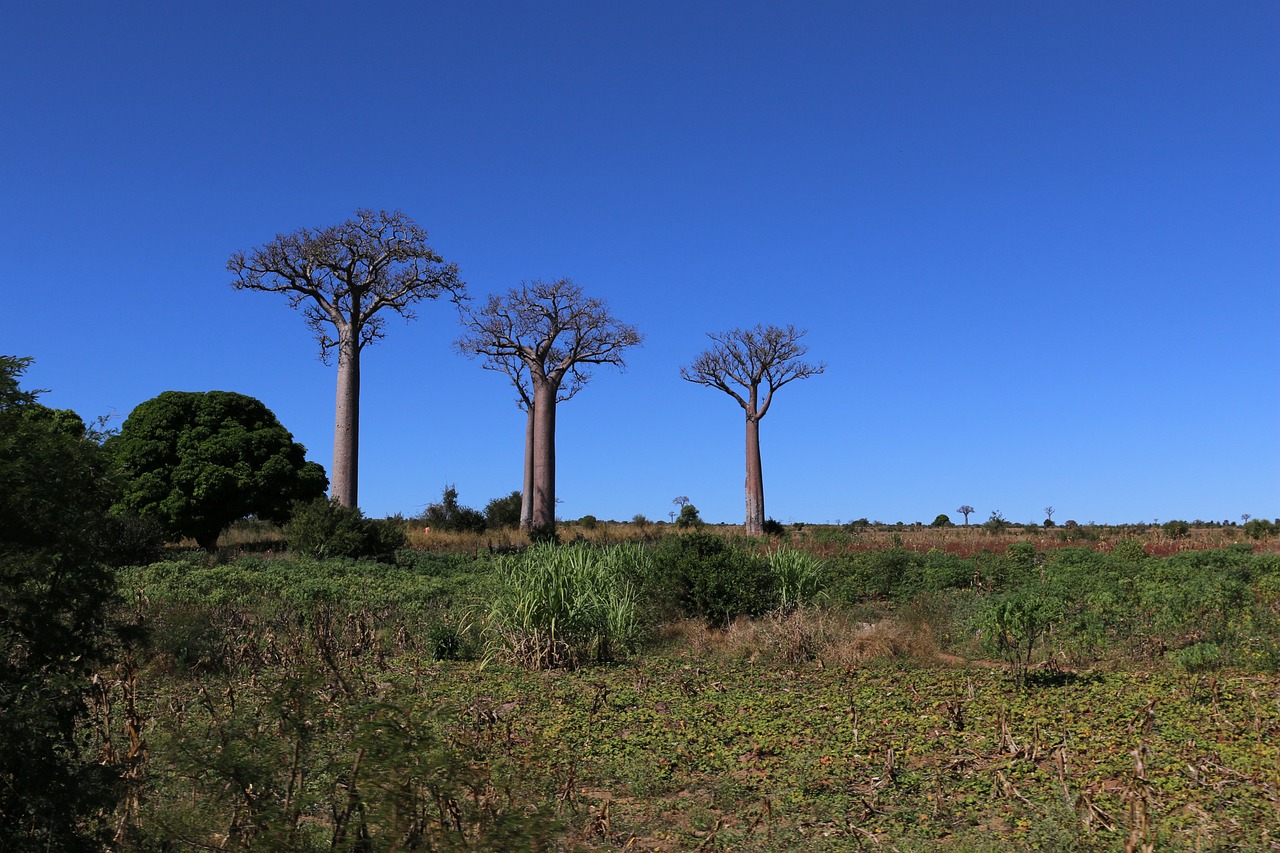
Pre-reading questions:
- What do you believe are the benefits of trees to the environment and to humans?
- Have you ever participated in tree-planting or conservation activities? If so, what was your experience like? If not, would you be interested in getting involved in such activities in the future? Why or why not?
Vocabulary:
- emerge /ih-MURJ/
- seed pod /seed pod/
- spread /spred/
- trunk /truhngk/
- extensive /ik-STEN-siv/
[verb] – to appear or originate
Fossils indicate that the earliest mammals emerged on Earth in the Triassic period, evolving from reptile-like ancestors.
[noun] – a long, narrow part of some plants that contains the seeds and usually has a thick skin
The farmer collected the mature seed pods from the sunflower plants to harvest the seeds for planting next season.
[verb] – to extend or distribute something across various locations
The company plans to spread its operations into Europe by the end of next year.
[noun] – the thick main stem of a tree, from which its branches grow
Carvings on the old oak’s trunk told stories of the area’s history and folklore.
[adjective] – covering a large area; having a great range
The roots of the old tree were surprisingly extensive, spreading far beyond its canopy.
Article reading:
The baobab tree is not just a botanical curiosity; it plays a significant ecological and cultural role in its environment. In the dry savannahs where it grows, the baobab is essential for various wildlife, offering shelter, nesting sites, and food through its fruit, leaves, and flowers. It also serves as a critical resource for local communities, providing essential nutrients and traditional medicines. Furthermore, the tree can store large amounts of water in its hollow trunks, which is vital during dry seasons. The baobab’s long lifespan and extensive root systems contribute to soil stability and nutrient recycling, emphasizing its ecological importance. The study also highlights the baobab’s resilience and its crucial role in supporting diverse ecosystems, from nocturnal pollinators to primates, solidifying its status as a key species in these habitats.
Comprehension questions
- What has recent research involving genomic analysis, ecological data, and geological evidence clarified about the baobab tree’s history?
- How long ago did scientists discover that the baobab tree first emerged in Madagascar?
- What helped the baobab tree spread to Africa and Australia over the past 12 million years?
- What role does the baobab tree play in providing resources for local communities?
- Why are the baobab tree’s extensive root systems important?
Discussion questions
- Have you ever heard about the baobab tree before? If yes, what do you think about its unique shape and size? If not, would you like to know more about it and why?
- Have you learned about plants in your area that can survive tough conditions? If so, could you talk about one and how it adapts? If not, why do you think it’s important to study such plants?
- Do you think it’s a good idea to focus on protecting plants like the baobab, which help keep nature balanced and diverse?
- Knowing how important baobab trees are for nature and communities, what ideas do you have to keep them safe from things like climate change and cutting down forests?
- Thinking about how baobab trees help recycle nutrients and keep soil strong, what do you think would happen if they disappeared from their homes?